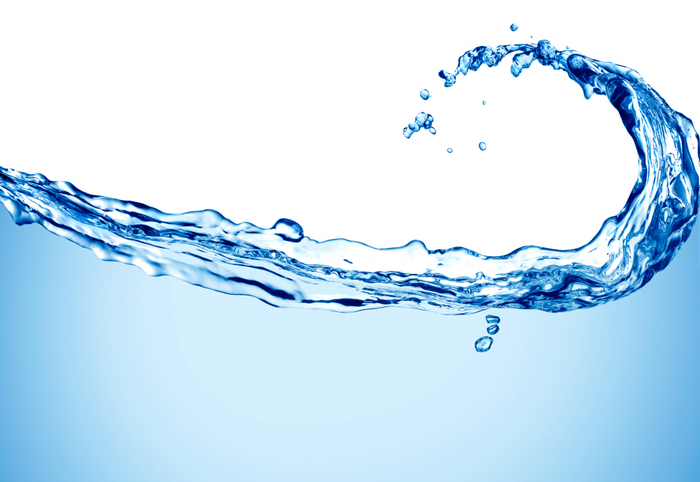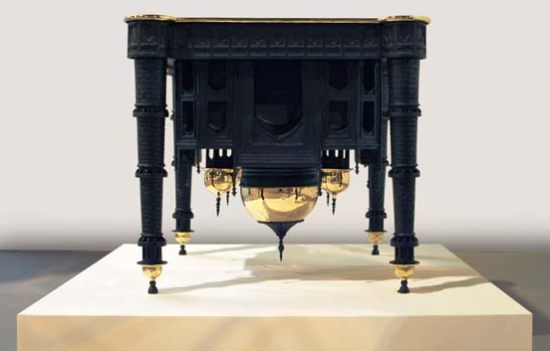Now that you’re off the grid due to wind and sun power, it’s time to think about getting yourself off the municipal water and sewer line as well. The best thing about water is that it exists virtually everywhere; it falls from the clouds in the sky and runs underneath your feet as groundwater. Fortunately, you can access both of these resources to go off the grid completely. Do you know that nearly 15% of all U.S. homes obtain their water independently according to the Environmental Protection Agency (EPA)? If they can do it, why can’t we do it too?
Private Water Wells
Today, more than 17 million U.S. homes get all their water from individual private wells. Overall, the concept is simple. Someone digs a hole in the ground and drills deep enough to draw water. However, there are several regulations that private wells must abide by. Therefore, it’s best to use a licensed professional well driller. If inappropriately installed, dangerous contaminants can easily seep into the well. The expense of installing a private well can vary from $3,000 – $15,000, based on the depth needed to drill. In general, the deeper the well means the greater the chance of finding clean fresh water.
Installing a Cistern
Another effective way to obtain your own fresh water is to harvest the rain using a cistern. Basically, a cistern is a large tank that’s used for storing water. Home-based cistern systems have underground or aboveground storage tanks built from steel, fibreglass, or concrete. Rain gutter water is directed into the cistern and then subsequently pumped back into the home as needed. If the cistern rests aboveground and is higher than the home’s faucets, the weight of the water is used as natural pressure in order to gain access into the home. Cisterns located belowground need the help of a pump to get the water into the home, similar to a well. You’ll need to reside in a region that sees a significant amount of rain if you want to utilise a cistern. If drinkable water is desired, use a clay or metal roof for best results since they’re cleaner overall than the shingled variety.
Septic System
The fastest and easiest way to get off the grid’s mainstream sewer line is to incorporate a septic system. Essentially, a septic system is a large metal tank that’s used to gather and release wastewater for the home. Water treatment facilities here in UK like Lagan Water are dedicated to delivering efficient and environmentally safe water to homes.
First, the bacteria within the tank breaks down everything in it causing it to naturally separate into a top layer of scum, middle liquid layer, and sludge layer along the bottom. As more wastewater begins to flow in, the tank’s liquid content starts to flow out into a series of perforated pipes buried in the ground that subsequently release the water over some distance into a field to drain. The soil serves as a biological filter that keeps the damaging bacteria buried underground until it’s ultimately absorbed as key nutrients. It’s important to note that the tank should ideally be emptied and professionally serviced once each year.
Article Submitted By Community Writer





